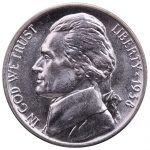
All About Jefferson Nickels
The Jefferson nickel has been a vital part of American coinage for decades now. It has been in mintage for a very long time and
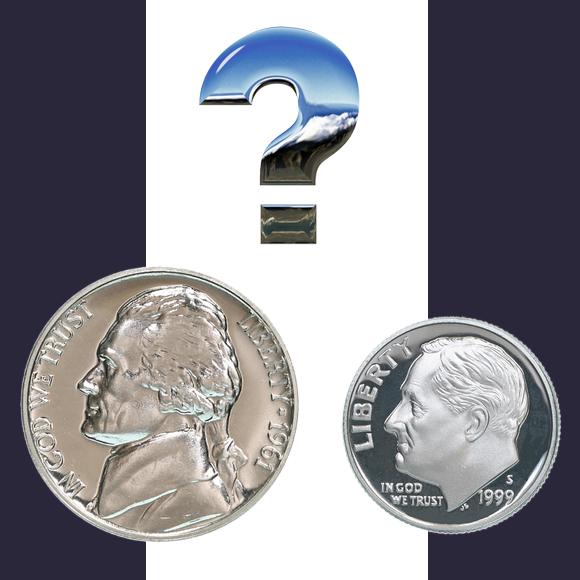
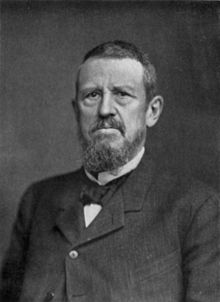 Working with his connections in Congress, he pushed through a different kind of coin, made of nickel. This is where we get the nickel coin that we are familiar with today – a five cent piece made of nickel alloy which is bigger than the half dimes of old. Of course, the coin was bigger, thus using more nickel. It makes sense that an industrialist who sells nickel would want a bigger coin with which uses more nickel. But, let’s thank him for his contributions to a five cent piece which isn’t minuscule and too easy to lose.
The first nickel of this variety is called the Shield Nickel. This turned out to be a problematic coin to produce. It was only in production for seven years.
Following the Shield Nickel, the US produced the Liberty V Nickel. These nickels stayed in production for nearly twenty years.
Buffalo Nickels followed the Liberty V Nickel, then the Jefferson Nickels we have had ever since.
Dimes never have changed much in size. In the references below, you can find a chart which shows US coins detailing their composition and sizes.
Working with his connections in Congress, he pushed through a different kind of coin, made of nickel. This is where we get the nickel coin that we are familiar with today – a five cent piece made of nickel alloy which is bigger than the half dimes of old. Of course, the coin was bigger, thus using more nickel. It makes sense that an industrialist who sells nickel would want a bigger coin with which uses more nickel. But, let’s thank him for his contributions to a five cent piece which isn’t minuscule and too easy to lose.
The first nickel of this variety is called the Shield Nickel. This turned out to be a problematic coin to produce. It was only in production for seven years.
Following the Shield Nickel, the US produced the Liberty V Nickel. These nickels stayed in production for nearly twenty years.
Buffalo Nickels followed the Liberty V Nickel, then the Jefferson Nickels we have had ever since.
Dimes never have changed much in size. In the references below, you can find a chart which shows US coins detailing their composition and sizes. 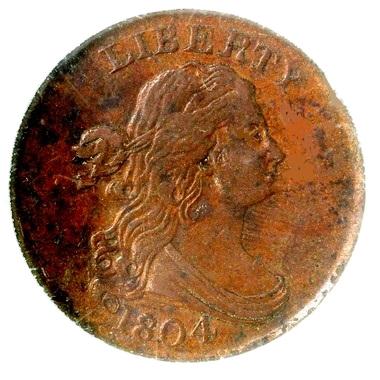
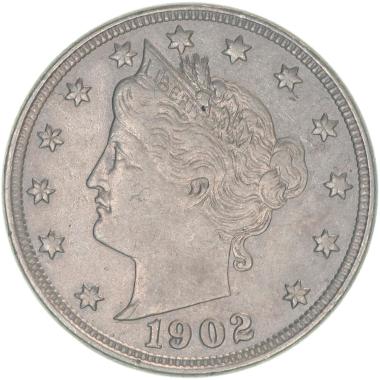
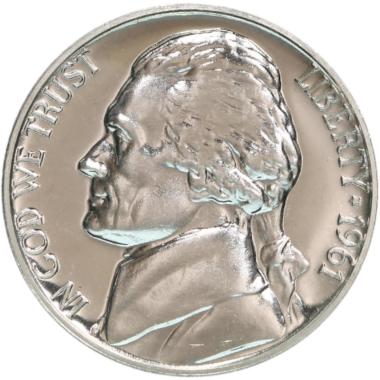

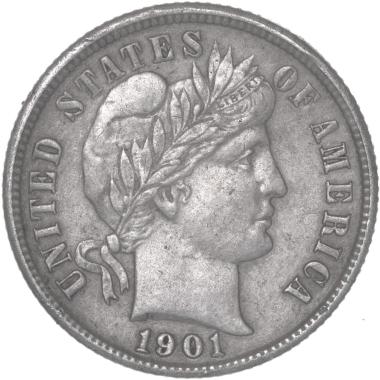
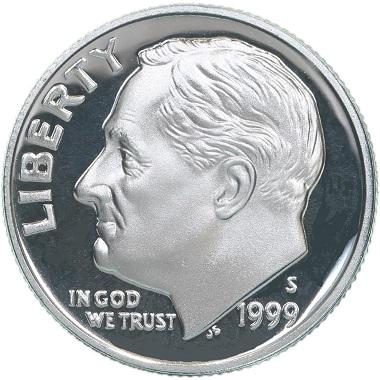

The Jefferson nickel has been a vital part of American coinage for decades now. It has been in mintage for a very long time and

How do you know if that dusty, old shoe box full of coins in the back of your closet has any silver in it? Or
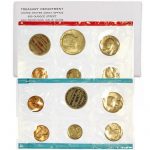
Producing an adequate quantity of coins for common use has often been a challenge. The U.S. stopped producing coins for collectors in 1942. Metals were
The easiest way to get in contact with us is by filling out the form and submitting it.
We will contact you as soon as we can.
David Enders
PO Box 508
Athens MI 49011
The Dave’s Collectible Coins customer service goal is simple:
We are committed to providing our customers total satisfaction. Every time. Guaranteed.
For non-urgent matters please use the form in this popup. For urgent matters please call 269-742-4716.
Customer service is available Monday – Friday 8:00am – 4:30pm EST